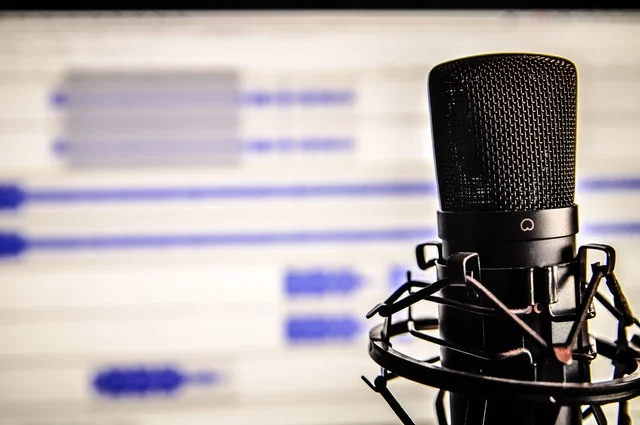ADR: Tips And Tricks
Automated Dialogue Recording, or ADR, is an essential part of every audiovisual project, but knowing its intricacies is key when it comes to becoming a proper filmmaker. ADR, as many people like to call it, is basically a method of adding dialogue to an already filmed scene. By superimposing dialogue that has already been recorded in a studio, or at least in an acoustically treated room or space, filmmakers can get past the challenges commonly associated with location dialogue. The problem with location dialogue is that it oftentimes results a bit hectic when environmental noises are too high and difficult to mute, the equipment doesn’t work the way it is supposed to do, or when the crew cannot get the right background noise.
When it comes to films, almost every contemporary Hollywood film has 50% to 70% ADR dialogue. ADR is no less than pivotal for the success of any film, and if executed the right way it can definitely salvage an entire film.
The Basics Of ADR
Before we get into more detail, there are several elements associated with ADR that filmmakers must bear in mind so they can plan and set up their recordings properly. By looping, existing playback of a repeating loop from the project is given to the recording crew while simultaneously recording new voices and dialogue. There are two different types of looping: audio looping and visual looping. With the latter, an actor listens to the location take or recording several times to understand the nature of that scene in particular and get a feel of the situation prior to recording the new dialogue. Once they’re ready to record, they will not hear the location take but will take a look at the scene to match lip synchronization. They always hear themselves over the monitors so they can hear the lines they’re delivering in real time.
Audio looping, on the other hand, will traditionally produce the most desirable outcome. However, it is important to mention, it is normally more time demanding. The session is carried out the same way as visual looping, cutting the video monitor and hearing the original dialogue track. The vast majority of ADR engineers are fond of using both techniques simultaneously. They always break up the looped lines into much smaller parts so they don’t lose consistency and synchronization. As for synchronization, for better sync when starting a line, ADR engineers record three beeps exactly one second apart each, so actors know when the first voice starts. This is known as an audio cue; like a metronome, so actors can start in the right moment under the proper rhythm of the line being recorded.
An ADR Recording Space
In sound and audio post-production, filmmakers have essentially more control over audio than they do when recording on location. The basic goal of each audiovisual project is to provide the audience with lots of experiences, and audio is not the exception. When it comes to ADR, the main idea is to get a really clear and clean ADR recording so ADR engineers can put the dialogue in an acoustically treated space with proper equalization.
ADR Equipment And Gear
When recording ADR in an acoustically treated space such as an audio post-production studio, sound engineers and ADR professionals often try to use the same microphone the filmmaking unit used on location to capture the existing and original dialogue. The goal of ADR is to compellingly and adequately match the lines in both tonal characteristics and frequency response to the lines recorded on location. Since all microphones have different polar patterns and different frequency responses that yield different tonal nuances, it’s important, not only to use the exact same microphone—or at least a similar one—, but also to place them properly so acoustic features don’t get lost.
There are several digital audio workstations such as Pro Tools, Ableton Live, Logic, etc., that can help ADR engineers loop their recordings according to their needs. ADR demands, aside from microphones, other audio production software. A basic ADR toolkit looks like this:
Microphones
Digital Audio Workstation
Headphones
Preamp or Interface
Video Monitor
Microphone Placement And Delivery
Mic placement depends heavily on what type of microphones are being used. It is key to maintain a certain distance between the mic and the actor or actress to provide the recording with realism. Also, some ADR engineers are fond of using filters when deemed necessary. How an actor or an actress delivers the line is also pivotal for the success of the recording, as it affects the delivery itself and the tone of the ADR recording. Some actors tend to replicate the same movements being projected in the moving images, as it aids them in creating the exact same mood the filmmaker wants for that specific scene.
*The images used on this post are taken from Pexels.com


